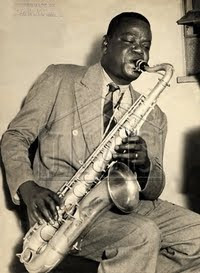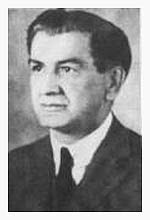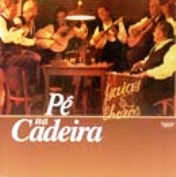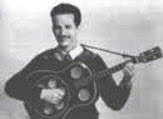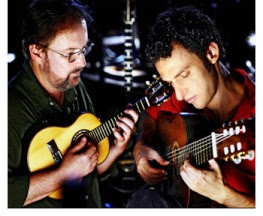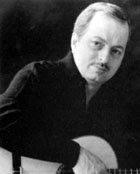Zé Menezes Relendo Garoto
 Earlier this year InterCDRecords of Brazil re-issued the shown cd by Zé Menezes, 'Relendo Garoto' ( cd 789550923504-5) licensed from the RGE-Som Livre label and originally released 1998. The 14 tracks on the cd were recorded during January 1998 and contain music composed by Garoto (Anibal Augusto Sardinha, 1915-1955), the great Brazilian master of all plucked instruments. Zé Menezes (b 1921) is one of few recording artists I've heard, who has managed to revive Garoto's music in a way that recreates the atmosphere of the original recordings, maybe because Menezes himself is a master of both the violão, the violão tenor, bandolim, cavaquinho and the electric guitar and uses most of the mentioned instruments in this recording. Zé Menezes has made the arrangements of the performed music, and on half of the tracks he is accompanied by a string ensemble consisting of violin, viola and double bass plus rhythm, the remaining tracks are solo renditions. The cd is a great tribute to Garoto's music, fortunately made available again, highly recommended!
Earlier this year InterCDRecords of Brazil re-issued the shown cd by Zé Menezes, 'Relendo Garoto' ( cd 789550923504-5) licensed from the RGE-Som Livre label and originally released 1998. The 14 tracks on the cd were recorded during January 1998 and contain music composed by Garoto (Anibal Augusto Sardinha, 1915-1955), the great Brazilian master of all plucked instruments. Zé Menezes (b 1921) is one of few recording artists I've heard, who has managed to revive Garoto's music in a way that recreates the atmosphere of the original recordings, maybe because Menezes himself is a master of both the violão, the violão tenor, bandolim, cavaquinho and the electric guitar and uses most of the mentioned instruments in this recording. Zé Menezes has made the arrangements of the performed music, and on half of the tracks he is accompanied by a string ensemble consisting of violin, viola and double bass plus rhythm, the remaining tracks are solo renditions. The cd is a great tribute to Garoto's music, fortunately made available again, highly recommended!Tracklist inserted below. Click on headline for further discographical info; info about the career of Zé Menezes to be found clicking here
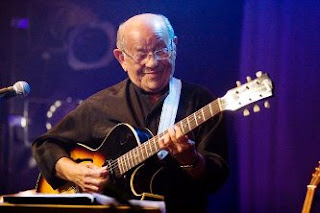
It's a thrill to learn that Zé Menezes at age 86 is still an active performer, participating in shows and making recordings with a new generation of skilled Brazilian musicians. I found a short video clip, recorded at a concert recently. Unfortunately, sound and image qulity is not the best, however, hope you to enjoy anyway.
